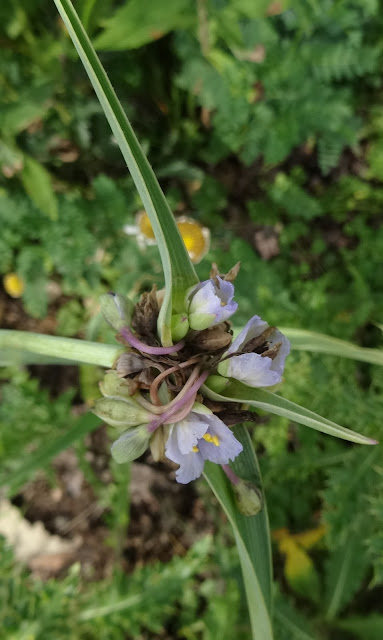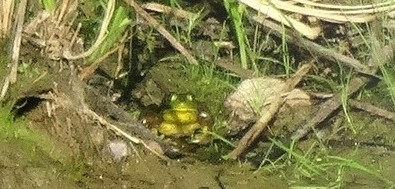The painted turtle Chrysemys picta is a native in Minnesota and of North America.
Painted turtles are active only during the day; they are warmed by their surroundings on sunny days by basking for hours on logs or rocks. On cloudy days or at night the turtle drops to the bottom of the pond. Painted Turtles eat aquatic vegetation, algae, and small water creatures including insects and crustaceans. They primarily feed while in water and are able to locate and subdue prey even in heavily clouded conditions.

























